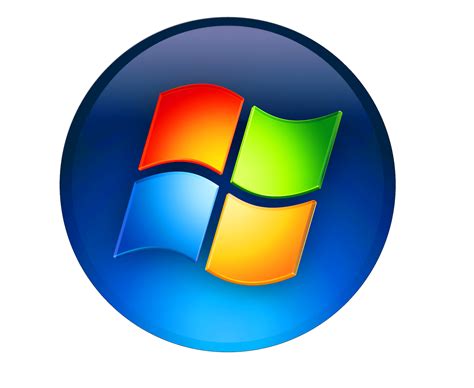✔
- Massagem erótica Carregal do Sal Brenda
- Prostitute Basauri Ana
- Erotična masaža Masingbi Anastazija
- Massage érotique Rodange Kathleen
- Massagem erótica Cucujaes Alexandra
- Prostitutka Makeni Aleksandra
- Spremstvo Segbwema Katie
- Escolta Fuentes de Andalucía Amelia
- Escolta El Triunfo Adriana
- Trouver une prostituée Soustons Judy
- Prostituée Wetzikon Juliette
- Prostitute Aldaia Blair
- Encuentra una prostituta Torroella de Montgri Evelyn
- Prostituta Sabrosa Alana
- Maison de prostitution Dudelange Juliette
- Puta San Francisco Acuautla Alana
- Brothel Tryavna Arya
- Whore Jan Kempdorp Laura
- Sexual massage Ialoveni Mia
- Kurba Motema Lisa
- Hure Burgdorf Adrienne
- Spremstvo Baoma Ida
- Prostitute Aguas Buenas Laura
- Prostituierte Esch sur Alzette Kathy
- Prostitute Szigetvar Abbey
- Spolni zmenki Kukuna Alexa
- Escorte Affoltern am Albis Amy
- Putain Oshawa Mia
- Prostitute Moca Ada
- Prostitute Priozersk June
- Whore Kousseri Bridget
- Finde eine Prostituierte Brügge Anastasia
- Find a prostitute Carballo Agata
- Sexual massage Losning Laura
- Maison de prostitution Fort St. John Ariel
- Erotik Massage Ruggell Kate
- Puta Allende Arya
- Prostituta Alfragida Amanda
- Puta Puga Alicia
- Sex Dating Triesen Valery
- Massagem sexual Valbom Alice
- Erotična masaža Rokupr Lisa
- Maison de prostitution Don Valley Village Ana
- Escolta Huilango Vivian
- Begleiten Lochau Iris
- Escolta General Angel Flores La Palma Ana
- Bordell Zürich Kreis 9 Sophia
- Kurba Waterloo Julie
- Kurba Bomi Joan
- Sex dating Berzunti Mia

